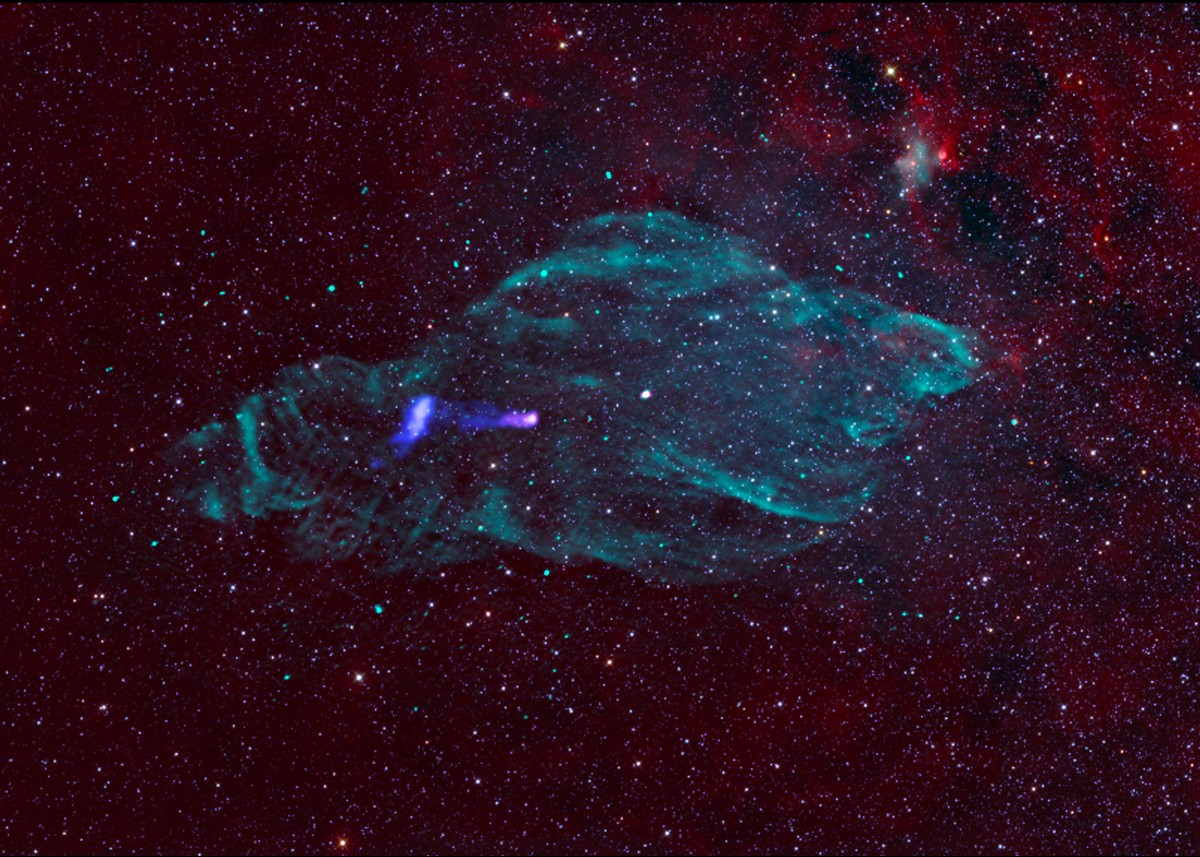Play all audios:
Astrophysicists have mathematically shown that when a black hole sucks in matter, it first generates heat which radiates away. This ‘Vaidya’ radiation, always precedes Hawking radiation
which causes a black hole to leak particles, shine and lose mass1. Vaidya radiation, a classical electromagnetic effect revealed by Prahlad Chunnilal Vaidya, is essential for quantum Hawking
radiation to reach a distant observer, say the astrophysicists. They say that Vaidya radiation could be detected using radio telescopes, X-ray or Gamma ray detectors, depending on the
frequency. Astrophysicist, Naresh Dadhich, at the Inter-University Centre for Astronomy & Astrophysics, in Pune and astrophysicist, Rituparno Goswami, at the University of KwaZulu-Natal
in Durban, South Africa have shown that the event horizon, the spherical boundary of a black hole, can remain unstretched if a black hole radiates classical Vaidya radiation. Their
calculations show that the accretion of matter by a black hole eliminates heat outward as Vaidya radiation. The boundary of accreting matter, which gives off this radiation, is far from the
event horizon inside a black hole. The amount of energy that is radiated as heat equals what is needed for the horizon to remain unstretched and trigger Hawking radiation, making it attain a
photon-like character and reach out to remote observers. Hawking radiation, which originates from black hole mass, causes a black to shed mass. Over time, the black hole shrinks, reducing
the strength of the gravitational field around it and its heat generation, weakening Vaidya radiation, the researchers say.

